’13 Reasons Why’ This Show Should Be Canceled
Controversial Netflix Series Should Have Never Existed In The First Place
A show that claims to discuss teen suicide and depression in an important manner, 13 Reasons Why goes far beyond what it promises and not in a positive way.
September 27, 2019
In the following article, there is discussion of suicide, mental health and sexual assault, proceed with caution.
A show that claims to discuss teen suicide and depression in an important manner, “13 Reasons Why” goes far beyond what it promises and not in a positive way. Based on the book of the same name by Jay Asher, the show’s first season had overwhelming success. But as the show progressed away from the book, it began to gain a large amount of criticism for the way it depicts the struggles of teens and how it may be affecting its viewers. As someone who very hesitantly watched the first two seasons, I’ve chosen to not watch and review the latest released third season and instead explain why this harmful show should be canceled, before the season four is released, or even better, why it should never have existed in the first place.
1. Glorifies Teen Suicide
The first season’s attempt at creating something that will get people talking about teen suicide does exactly that. Hannah’s 13 tapes that she sends out to everyone who “wronged” her before she committed suicide allows for her to leave behind a legacy as if she is speaking to them beyond the grave. Her “this is why I blame you and why you should remember me and feel guilty for the rest of your life,” approach allows not only the people in her school to understand the tragedies she went through, but also her entire town. What person wouldn’t see this and think ‘well I want everyone to remember me too.’ That is not how to talk about teen suicide. This romanticizes and glorifies the devastation caused by suicide. A study was done by the Journal of the American Academy of Child and Adolescent Psychiatry in 2013, before the release of the show, and in 2017, nine months after the initial release, which stated that “the overall suicide rate among 10- to 17-year-olds increased significantly in the month immediately following the release.”
2. The One-Sided Male Perspective
This is in no way meant to negatively criticize any male main character. However, Clay Jensen is one of the many people Hannah Baker blames for her turn to suicide. Despite many characters being blamed, the entirety of the tapes Hannah left for them are only seen through Clay’s eyes. And since he was low key obsessed with Hannah, this causes an extreme bias in storytelling, thus affecting the way we see each character whether they are truly at fault or not. Most importantly this affects the way we see Hannah. Because he believed that she could do no wrong, we see her as a victim to feel pity for rather than the manipulative person she was.
3. Puts Too Much Blame On Bystanders
In her tapes, Hannah explains to each person why she blames them. This is problematic, but we will discuss the issue of her character later. Bystanders can always do their best to not be bystanders, to go to someone and report the situation, to stand up to someone despite possible consequences. Many of the people Hannah blames do have a real responsibility for why she suffered, but too many didn’t. Too many are just Hannah pulling at strings, doing anything she can to not have to take responsibility for her choices and actions throughout the show. She blames anyone that she has a minor negative interaction with. This can be taken by viewers in the wrong way, leading them to believe that anytime they have an interaction with someone in a serious mental condition that it’s their fault for not trying to help “save” them.
4. No Discussions of Mental Illness and Depression (at least since season one)
In season one there are two instances where mental health and suicide are mentioned. Hannah’s school counselor suggested that maybe she was overreacting to her own rape which brings up the poor way adults tend to deal with mental illness and teen issues. Then we have Clay screaming in the school hallway about how teens need to treat each other better. Fat loud of good that did. Otherwise, since season one there have been no discussions on the importance of helping and preventing events like the ones in the show. They’ve begun using mental illness as an instrument for storytelling as well as an excuse for teenager’s actions.
5. Intense Scenes Used For Shock Factor
Sometimes we have to show the intense things to get people’s attention, to get people talking. This can be argued for a couple of scenes in season one, such as Jessica’s rape and Hannah’s suicide. After the success of the first season, however, more scenes with similar intensity were implemented in the show for reasons that either were kind of a stretch or simply didn’t exist. The most notable occasion being in season two when Tyler, a character who was constantly bullied, is sexually assaulted in the school bathroom with a broomstick. This, like many others, was the final tipping point for me in choosing to not watch the show moving forward. It’s not hard to figure out that it’s the shocking things that make people want to watch a show and I feel that this is the main reason that these scenes continue to show up, to keep its viewers. ![]() Loading ...
Loading ...
Throughout its time on Netflix, “13 Reasons Why” has sparked a lot of conversation, both good and bad. But it’s the show’s overflow of intense storytelling strategies, a limited justification for most of the plot lines and general lack of respect for viewers that makes it not only a poor quality show but borderline dangerous for a show directed at our generation.


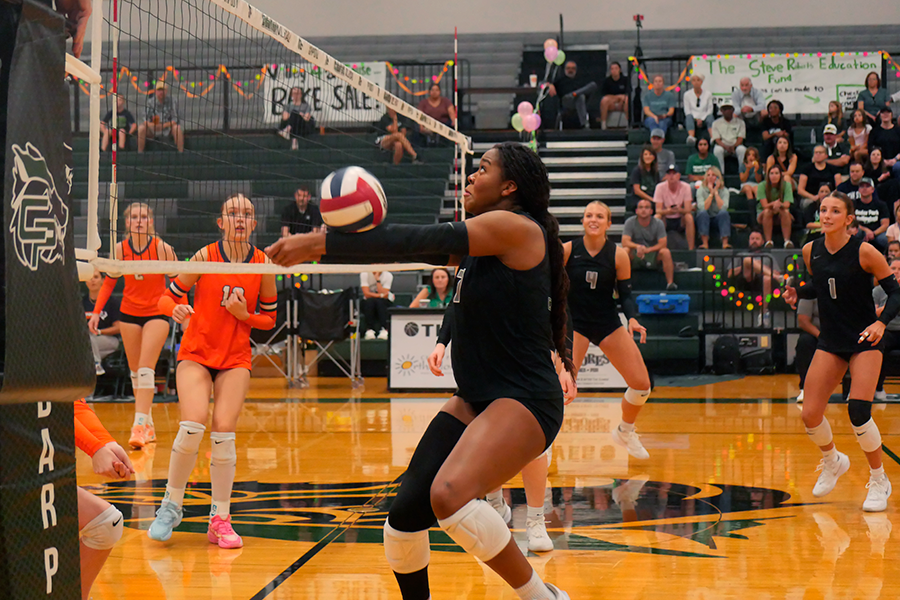
![Jumping off the ground, senior linebacker Bennett Patton snatches the ball out of the air for an interception at Thursday’s game against Chaparral. Patton had two interceptions in the 56-14 victory, tying the school record for interceptions in a game. “I was just playing the game,” Patton said. “[I’m] going to go into next week, forget about it and stay humble.” Photo by Harper Chapman](https://cphswolfpack.com/wp-content/uploads/2025/09/bennett-interception.jpg)
![The fire department came to the school after students were evacuated when smoke started coming from the ceiling of a classroom. All students and staff are safe. “All of my friends left their stuff too, so we couldn’t contact our parents, and it was stressful,” senior Brynn Fowler said. “It was scary because I didn’t know [what was going on], and I couldn’t find anyone because it was a big crowd.” Photo by Anthony Garcia](https://cphswolfpack.com/wp-content/uploads/2025/09/firetruck.jpg)
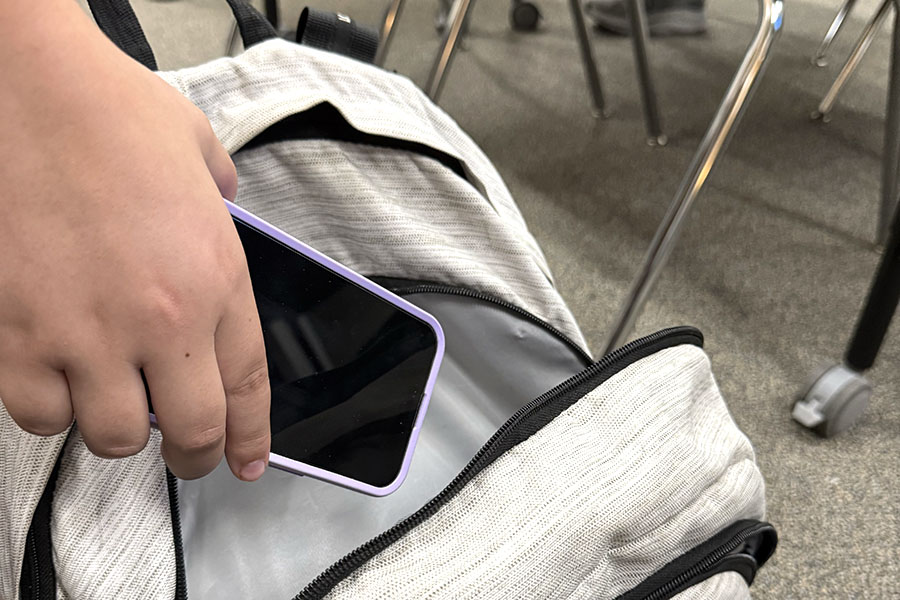

![Sitting with her friend senior Sohpia Struve at last year’s Austin City Limits Festival, senior Ava Zuniga poses for a picture under a pavilion. They are frequent attendees at ACL, an annual music festival at Zilker Park. “I would recommend seeing a bunch of people,” Zuniga said. “This past year, we camped out for Chappell [Roan] for a really long time. I think the whole point of ACL, [which] is a lot of fun, is that you can go see so many different people, even if you don’t know them. So by camping by one person, it really limits yourself from being able to go see a bunch of people.” Photo courtesy of Ava Zuniga](https://cphswolfpack.com/wp-content/uploads/2025/10/EE9E9484-FE6F-4AA0-B5F5-0C177AB32841-1200x857.jpeg)
![Broadcast, yearbook and newspaper combined for 66 Interscholastic League Press Conference awards this year. Yearbook won 43, newspaper won 14 and broadcast took home nine. “I think [the ILPC awards] are a great way to give the kids some acknowledgement for all of their hard work,” newspaper and yearbook adviser Paige Hert said. “They typically spend the year covering everyone else’s big moments, so it’s really cool for them to be celebrated so many times and in so many different ways.”](https://cphswolfpack.com/wp-content/uploads/2025/05/edited-ILPC.jpg)




![Looking down at his racket, junior Hasun Nguyen hits the green tennis ball. Hasun has played tennis since he was 9 years old, and he is on the varsity team. "I feel like it’s not really appreciated in America as much, but [tennis] is a really competitive and mentally challenging sport,” Nguyen said. “I’m really level-headed and can keep my cool during a match, and that helps me play a bit better under pressure.” Photo by Kyra Cox](https://cphswolfpack.com/wp-content/uploads/2025/09/hasun.jpg)
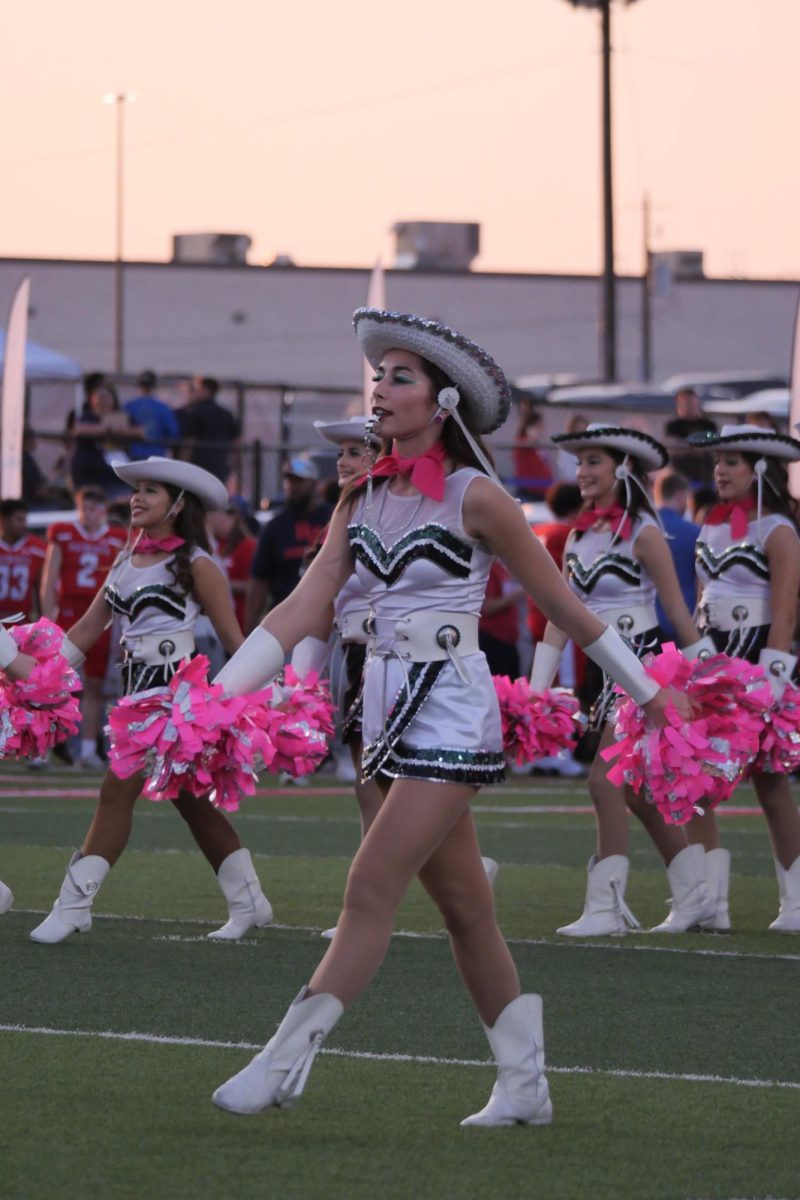

![Bringing her arm over her head and taking a quick breath, junior Lauren Lucas swims the final laps of the 500 freestyle at the regionals swimming competition on date. Lucas broke the school’s 18-year-old record for the 500 freestyle at regionals and again at state with a time of 4:58.63. “I’d had my eye on that 500 record since my freshman year, so I was really excited to see if I could get it at regionals or districts,” Lucas said. “ State is always a really fun experience and medaling for the first time was really great. It was a very very tight race, [so] I was a bit surprised [that I medaled]. [There were] a lot of fast girls at the meet in general, [and] it was like a dogfight back and forth, back and forth.” Photo by Kaydence Wilkinson](https://cphswolfpack.com/wp-content/uploads/2025/03/Kaydence-2.7-23-edit-2.jpg)
![As the support team sits and poses for a photo in the cafeteria with the counseling team they eagerly wait to start their day. "We [all] seem to be a team, I get up every day and there's days where I don't want to go to work today, but I'm thankful that I have a job and I'm blessed to have what I have," Christopherson said. Photo Courtesy of Julie Weltens.](https://cphswolfpack.com/wp-content/uploads/2025/01/AF9E8470-10D7-4C91-BF28-EC8F86BAB66C-1200x852.jpeg)
![Officer Stephanie Cash is in her second year as an SRO at CPHS. “Seeing [students] grow over the years has been kind of cool,” Officer Cash said. “Freshmen that [are] all over the place and then in the next couple of years get a little more squared away and go to class and do work and start thinking about the future. Being a part of a student's growth is the best way to measure my success as an SRO.” Photo Courtesy of Cedar Park Police Department's PIO, Alicia Gallagher.](https://cphswolfpack.com/wp-content/uploads/2024/12/CPHS-SRO-900x1200.jpg)
![As he sprints with the ball, senior running back Trae Hill breaks a tackle during Friday’s 35-14 loss against the Vandegrift Vipers. Hill ran for 135 yards and two touchdowns during the game. “[Scoring] was electric,” Hill said. “It always feels good to score, but the O-line did everything.”](https://cphswolfpack.com/wp-content/uploads/2025/09/IMG_0795allie.varfb_-1200x799.jpg)








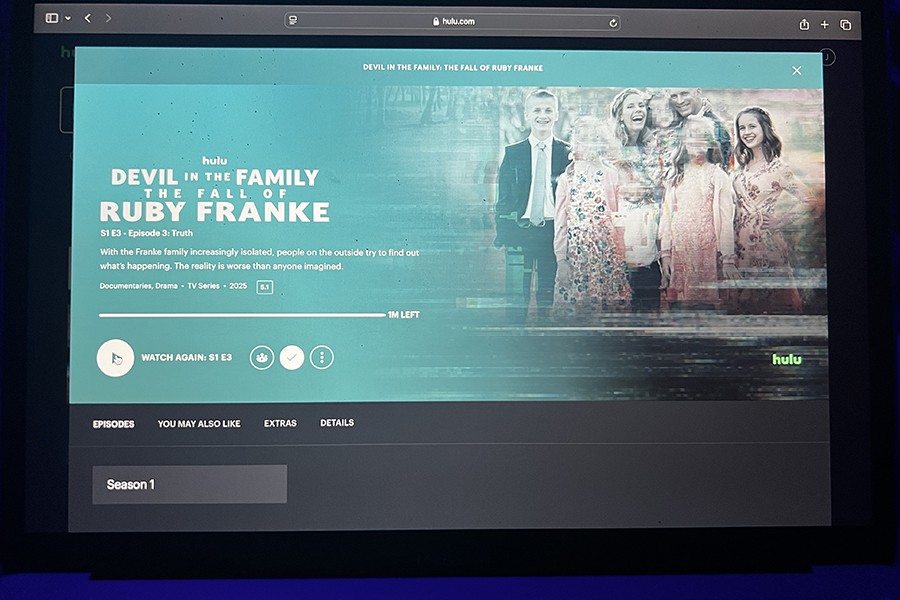





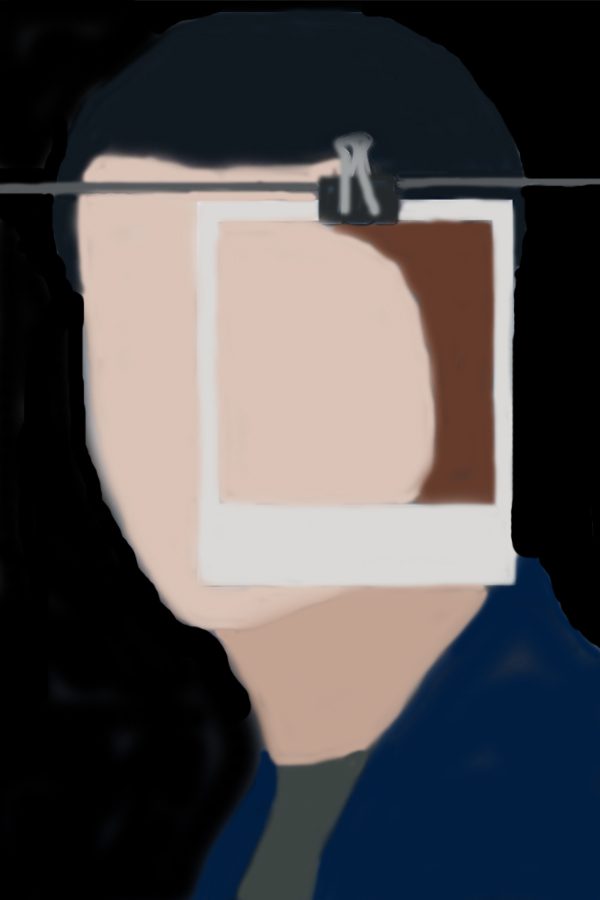



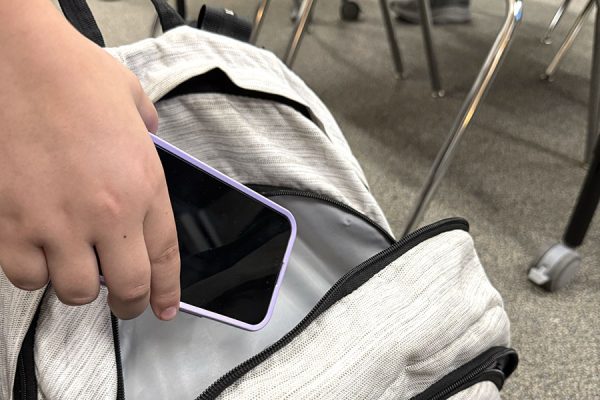
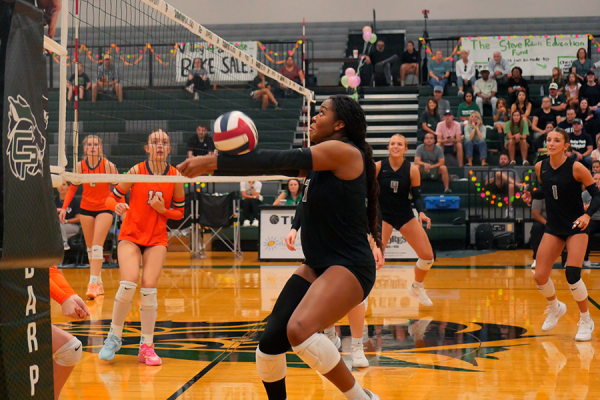
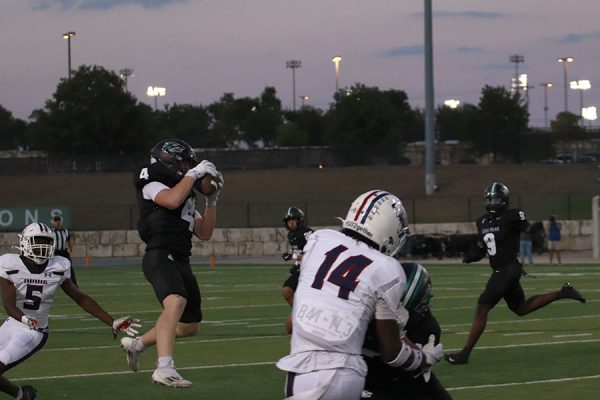
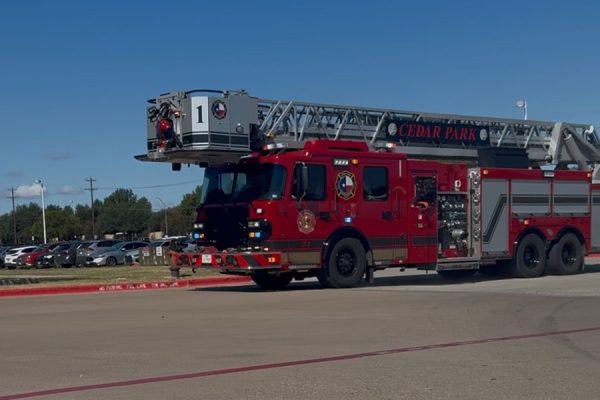
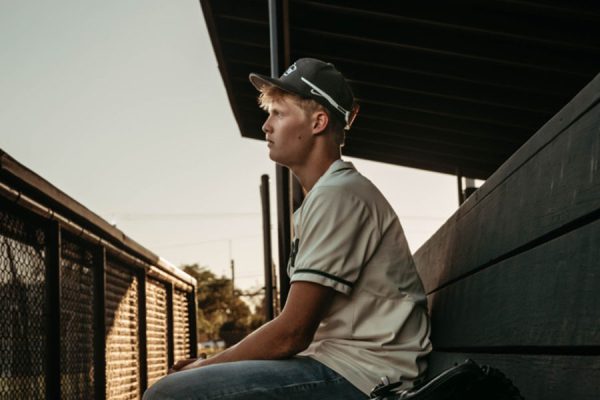



![The fire department came to the school after students were evacuated when smoke started coming from the ceiling of a classroom. All students and staff are safe. “All of my friends left their stuff too, so we couldn’t contact our parents, and it was stressful,” senior Brynn Fowler said. “It was scary because I didn’t know [what was going on], and I couldn’t find anyone because it was a big crowd.” Photo by Anthony Garcia](https://cphswolfpack.com/wp-content/uploads/2025/09/firetruck-300x200.jpg)

![Finishing her night out after attending a local concert, senior Grace Sauers smiles at the camera. She recently started a business, PrettySick, that takes photos as well as sells merch at local concert venues. Next year, she will attend Columbia Chicago College majoring in Graphic Design. “There's such a good communal scene because there [are] great venues in Austin,” Sauers said. “I'm gonna miss it in Austin, but I do know Chicago is good, it's not like I'm going to the middle of nowhere. I just have to find my footing again.” Photo Courtesy of Grace Sauers.](https://cphswolfpack.com/wp-content/uploads/2025/04/Grace-300x225.png)


